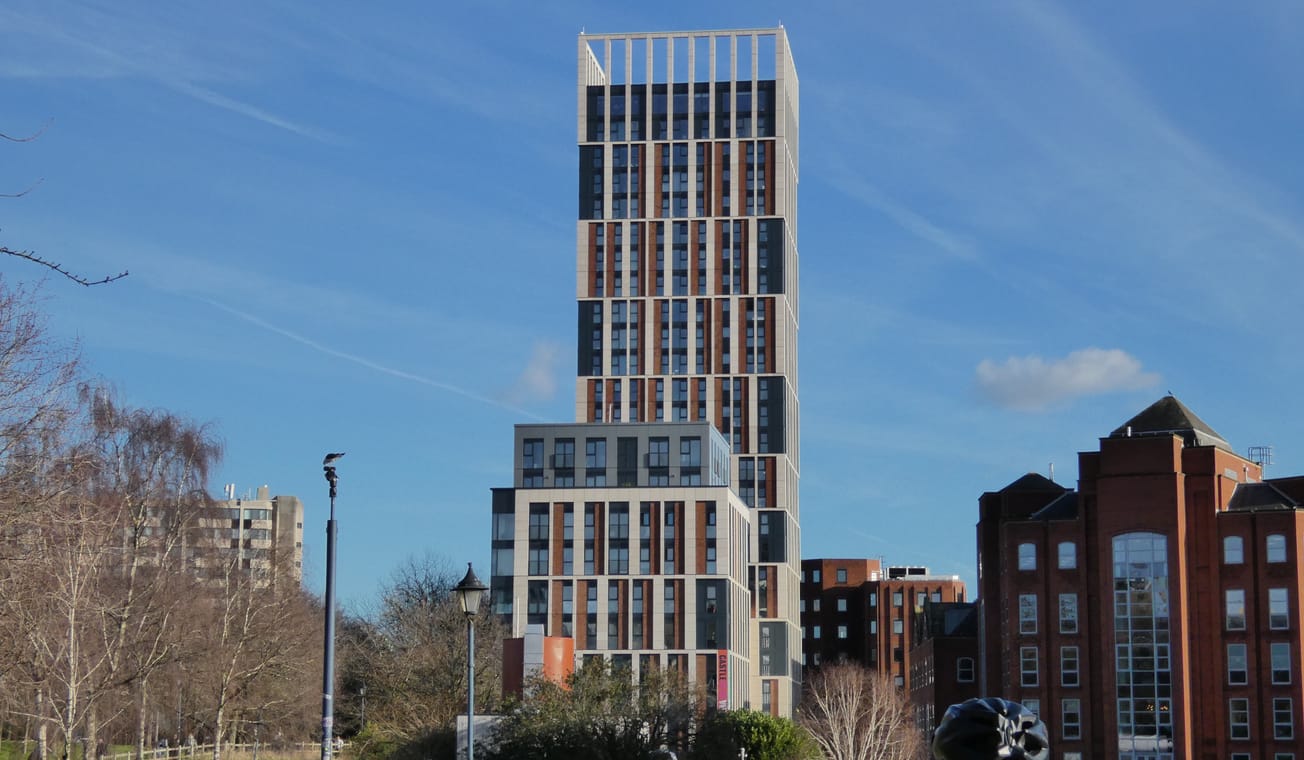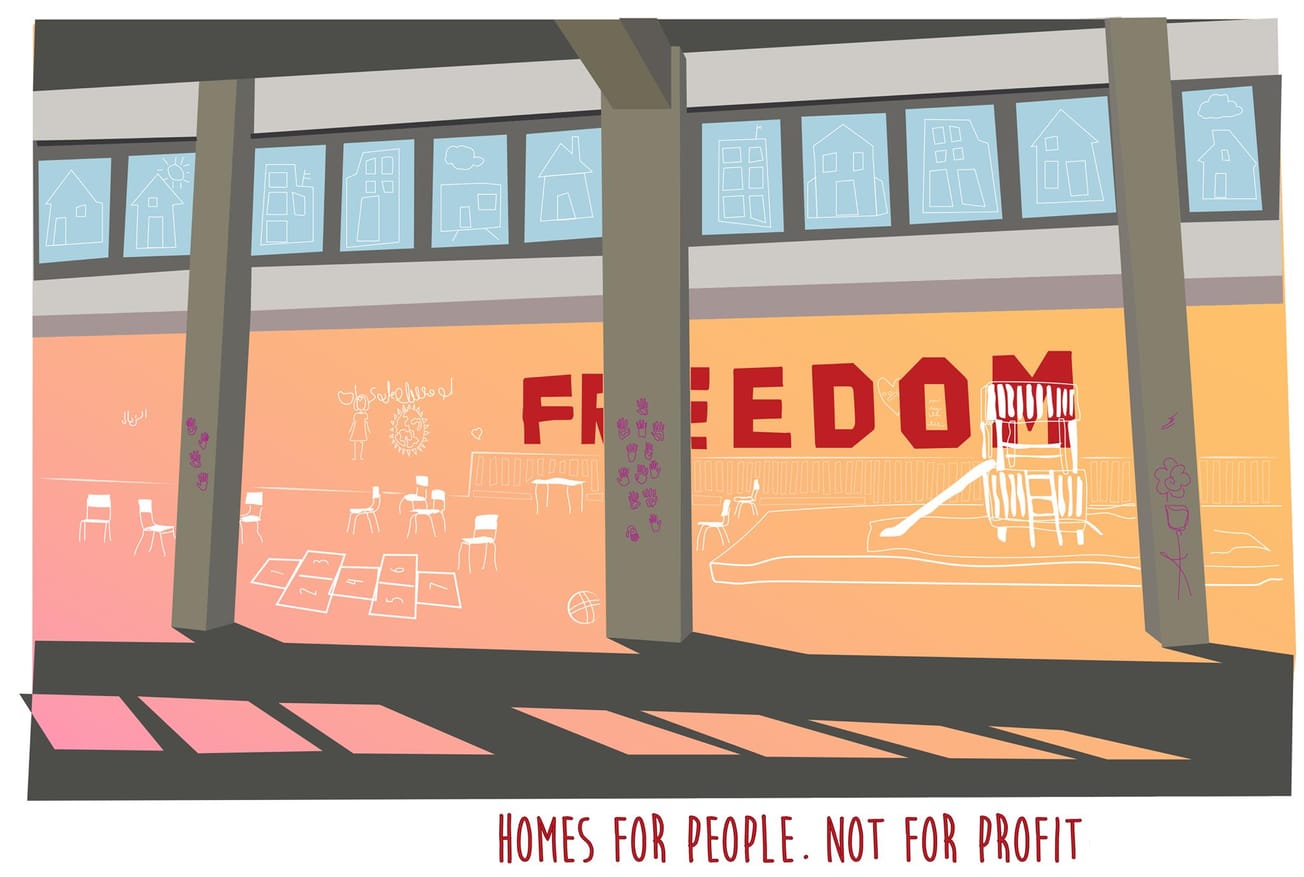By Daniela Bodero Jiménez, MSc Management (International Business)
There is a popular assertion that Covid-19 does not discriminate between individuals and that ‘we are all in the same boat’. While it is true that nobody is immune from contracting the virus, how well we fare depends on pre-existing conditions that are not only medical but social, economic, political, and racial.
A range of evidence from new data sources indicates that historically marginalised sections of the population, namely those from black, Asian, and minority ethnic (BAME) backgrounds, suffer disproportionally from the impacts of the virus. BAME students, as part of this disadvantaged community, are particularly vulnerable to the fallout of coronavirus.
BAME students are at risk of being "plunged into futures that will be shaped by grade under-predictions," researchers are warning.
— ITV News (@itvnews) June 17, 2020
Graduate Kia Commodore says her "life would be completely different" had her grades been based on what she was predicted https://t.co/kDdpmBbGDP pic.twitter.com/SswPi6Rfqh
Numerous studies and reports have already shown that there are significant ethnic and racial disparities in admissions, experience, and attainment within higher education. Covid-19 will likely exacerbate these disparities for a generation of BAME students at a crucial point in their educational journey.
Admissions
A study conducted by Runnymede, the UK’s leading independent thinktank on race equality, has shown that ethnic minority students are less likely to receive offers from selective universities, even when they achieve the same grades as their white counterparts. This bleak picture is likely to intensify due to the cancellation of A-level exams this summer.
Because students were unable to sit their exams, the government at first decided that students would be awarded ‘calculated grades’ from the infamous ‘algorithm’ which factored in teacher assessments, class sizes, and postcode.
The "teacher assessed grades" are still not fair in some cases.
— ayesha (@aayeshaa_s) August 17, 2020
Statistically students from BAME backgrounds, get under-predicted.
However research conducted by Dr Gill Wyness and others indicates that this move would impact BAME students disproportionally since only one in six predicted A-Level results turn out to be correct and BAME students are more likely to have their grades routinely underpredicted, sometimes by two or more grades.
Concerns of biases in this grading system were corroborated by detailed analysis published by Ofqual on results day which showed that pupils from private schools – institutions where BAME students are severely underrepresented – benefited the most from the algorithm used to replace exams.
Reports have already shown that there are significant ethnic and racial disparities in admissions, experience, and attainment within higher education.
Conversely, students and schools from disadvantaged areas – where BAME students are over-represented – were marked down the most harshly by the statistical model.
As a result of mounting concerns that this grading system would bring about gross injustices, the government then announced a new “triple lock” process. Students could now accept their calculated grade, appeal with a valid mock grade, or sit exams in autumn.
However, instead of bolstering fairness, many claim this approach is deeply flawed. Teachers have contested that students do not perform to their best ability for mocks and that mocks are neither sat by all candidates nor standardised.
A level u-turn is great but my thoughts are still with students, most likely black, whose teachers underpredicted them despite performing well.
— lashai (@Lashaiwashere) August 17, 2020
The president of the National Union of Students, Lirisa Kennedy, stated: ‘This is a botched attempt at a solution which does not fix the problem created by the classist, racist, moderation system… With its triple lock policy, all the government has done is lock inequality’.
Because of growing discontent encircling this unjust result, the government did a U-turn the day after results say and announced that grades produced by the controversial algorithm would only hold value if they improved on teacher-predicted grades.
However because, according to Wyness’ findings, BAME students are systematically under-graded by their teachers, the social mobility and educational equality of many students remains threatened by a biased system.
Experience
While university can be an overwhelming experience for many students, those from BAME backgrounds often face a unique web of challenges and anxieties. The retention rate among BAME students is an alarming testament of this reality.
In the UK, as a report by the UPP foundation and the SMF foundation highlights, black students are more than 50% more likely to drop out of university than their white classmates. More than one in ten (10.3%) black students drop out.
Ethnic minority students are less likely to receive offers from selective universities, even when they achieve the same grades as their white counterparts.
Research by QS shows that these disparities are significantly driven by the fact that BAME students tend to lack a sense of belonging in the university setting. Given that welcome weeks, society events, and other social outings are tantamount to making friends and getting acquainted, the shift to online learning and virtual events could prove consequentially more isolating for BAME students who already suffer disproportionally from the effects of ‘imposter syndrome’ and have a lower sense of belonging at university.
Finance
Research by the Joseph Browntree Foundation has shown that the poverty rate in the UK is twice as high for black and minority ethnic groups as for white groups. Given their low socioeconomic status, BAME students are more likely to be vulnerable to the economic hardship set off by Covid-19.
Though the situation is changeable, statistics by the World Economic Forum have already indicated that BAME groups are 1.5 times more likely to report experiencing financial difficulty during the pandemic than white Britons, and 2.3 times more likely to experience difficulty keeping up to date with bills.
It wasn’t a level playing field going into the lockdown and it’s not going to be a level playing field coming out of it. Communities with high levels of poverty+ BAME populations will have higher rates of cases leading to local restrictions and in the case of Luton stereotyping.
— Basit Mahmood (@BasitMahmood91) July 24, 2020
Among many other things, this financial strain risks adversely impacting BAME students’ ability to engage with and complete university work.
Moreover, as a report by The Office of National Statistics highlights, the digital divide (unequal access to suitable digital equipment and broadband) is still an issue that closely intersects with both income and ethnicity.
In the face of online learning, digital poverty and the lack of access to a suitable study space has the potential to further erode the educational experience of many BAME and socioeconomically disadvantaged students.
Attainment
While the proportion of students receiving a First or 2.1 has risen over the past decade, there continues to be a significant gap between the proportion of white students receiving these degree classifications compared to students from minority ethnic backgrounds.
As noted by the National Union of Students, the attainment gap between white and BAME students is 13.4%, while the attainment gap between white and black students is 26%.
It is clear that many of the barriers that BAME students are confronted with will likely be compounded by Covid-19.
The attainment gap does not exist in a vacuum, however. Many issues exacerbated by Covid-19 and disproportionally felt by BAME students – including feelings of isolation, feelings of otherness, mental health struggles, financial strain, and so forth – are issues that have been shown by research conducted by the University of Bristol and others to be critical in (re)producing the attainment gap.
What Does The Future Hold?
Given these findings, it is clear that many of the barriers that BAME students are confronted with will likely be compounded by Covid-19. It is therefore even more important that universities remain aware of the systemic elements that impact the experience and outcomes of BAME students when navigating the Covid-19 outbreak.
Only by taking account the specific needs and experiences of BAME students, and demonstrating a commitment to university-wide change, can higher education institutions realise inclusive education with equal opportunities for all students.
Featured Image: Unsplash









